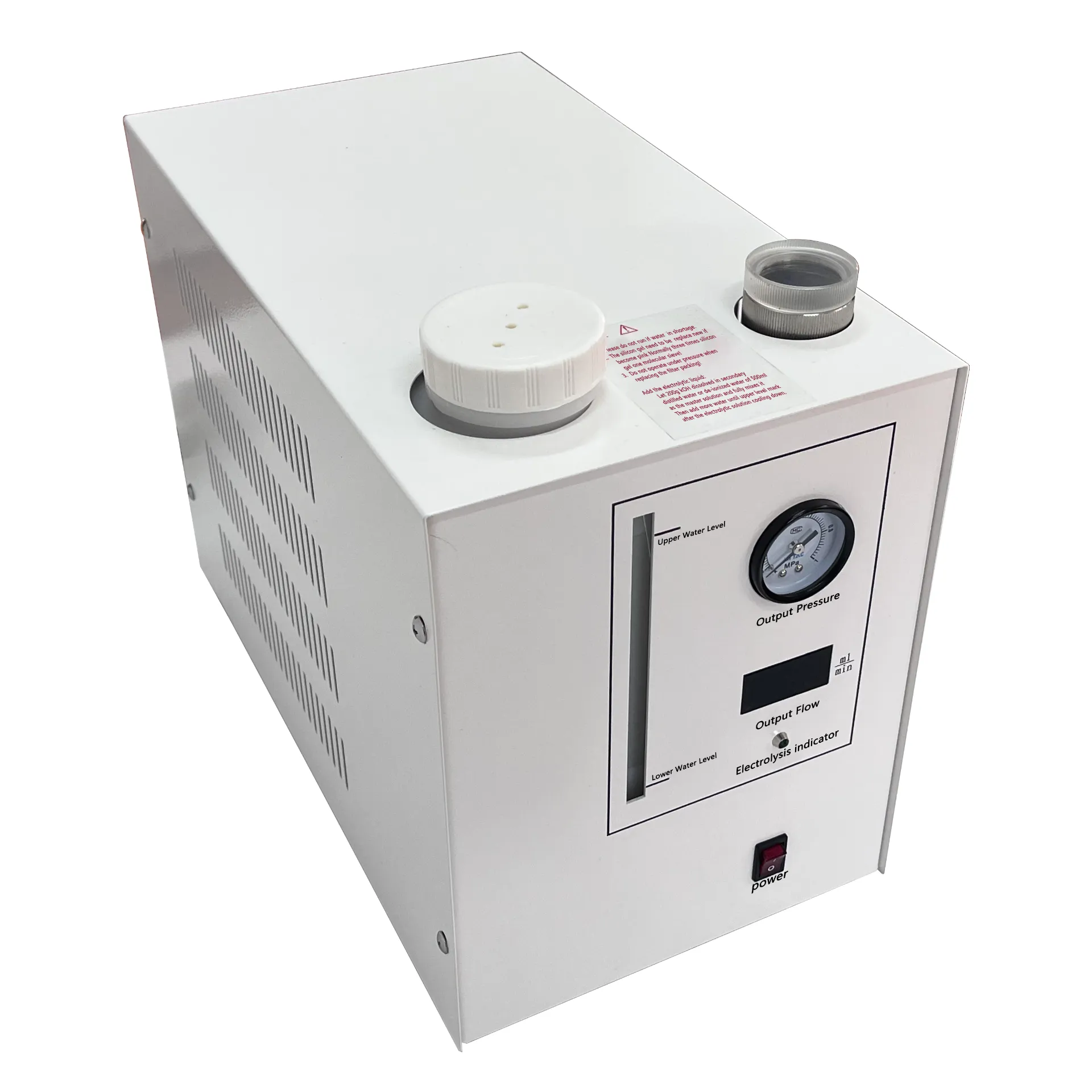 English
English


load test on single phase transformer lab manual
Load Test on Single Phase Transformer A Lab Manual Overview
The load test on a single-phase transformer is a fundamental experiment that helps in understanding the operational characteristics and efficiency of transformers under varying load conditions. This lab manual outlines the methodologies, procedures, and calculation processes involved in conducting a load test, providing students with practical insights into transformer performance.
Objectives
The primary goal of the load test is to determine the voltage regulation, efficiency, and load characteristics of a single-phase transformer. By applying a predefined load and measuring the resulting voltage and current, students can analyze how the transformer behaves under different operational scenarios.
Equipment Required
To conduct the load test, the following equipment is essential - Single-phase transformer - AC power supply - Ammeter and voltmeter - Phantom load or resistance load bank - Wattmeter - Connecting wires and switchgear
Procedure
1. Setup Connect the single-phase transformer to the AC power supply. Ensure all connections are secure, and safety precautions are observed.
2. No-Load Test Initially, perform a no-load test to measure the no-load current (I0) and no-load losses. This involves energizing the transformer without any load attached and recording the input voltage and current.
load test on single phase transformer lab manual

3. Load Connection Gradually connect the phantom load or resistance load bank to the secondary side of the transformer. Care should be taken to increase the load incrementally to avoid sudden strain on the transformer.
4. Data Collection As the load is applied, record the voltage (V2), current (I2), and power (P) at each load increment. This data will be crucial for calculations later on.
5. Dismantling Once the data has been collected for various loads, disconnect the load bank and safely dismantle the setup.
Calculations
After completing the load test, students will analyze the collected data to compute - Voltage Regulation This measures how much the output voltage changes as the load increases. It can be calculated using the formula \[ \text{Voltage Regulation} = \frac{V_{no-load} - V_{full-load}}{V_{full-load}} \times 100\% \]
- Efficiency The efficiency of the transformer can be calculated using the input and output power, defined as \[ \text{Efficiency} = \frac{P_{output}}{P_{input}} \times 100\% \]
Conclusion
The load test on a single-phase transformer is an integral part of electrical engineering education. By experimenting with real-world applications, students gain valuable experience in analytical thinking and problem-solving. Understanding how transformers operate under load conditions prepares future engineers for industry challenges, making this lab exercise both informative and essential.
-
Differences between open cup flash point tester and closed cup flash point testerNewsOct.31,2024
-
The Reliable Load Tap ChangerNewsOct.23,2024
-
The Essential Guide to Hipot TestersNewsOct.23,2024
-
The Digital Insulation TesterNewsOct.23,2024
-
The Best Earth Loop Impedance Tester for SaleNewsOct.23,2024
-
Tan Delta Tester--The Essential Tool for Electrical Insulation TestingNewsOct.23,2024





